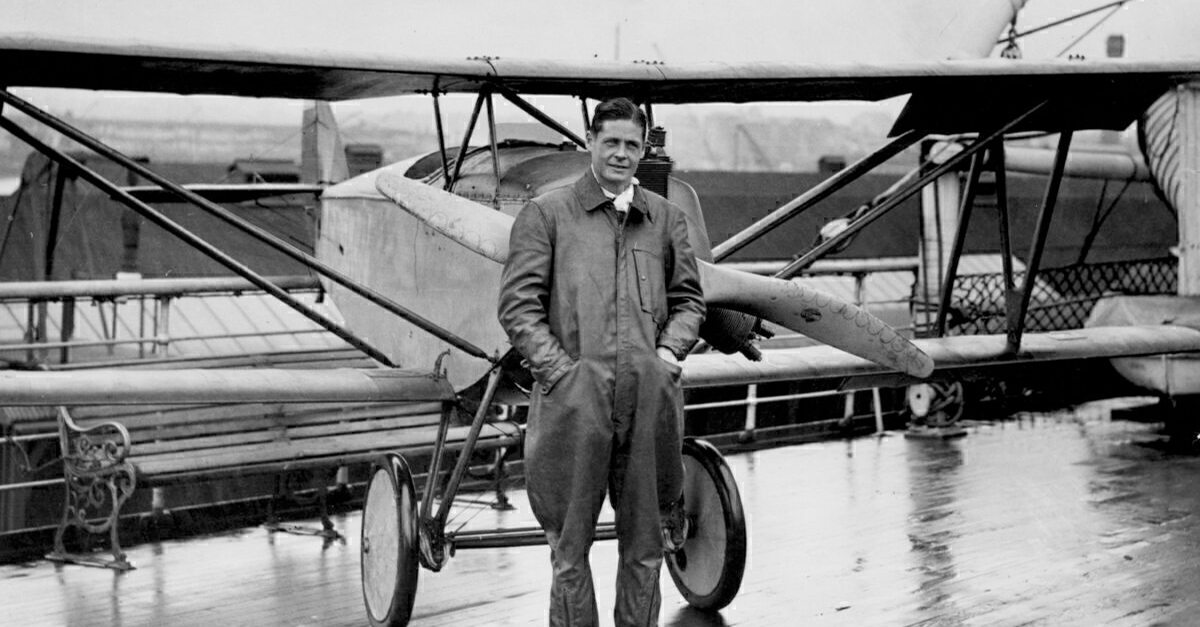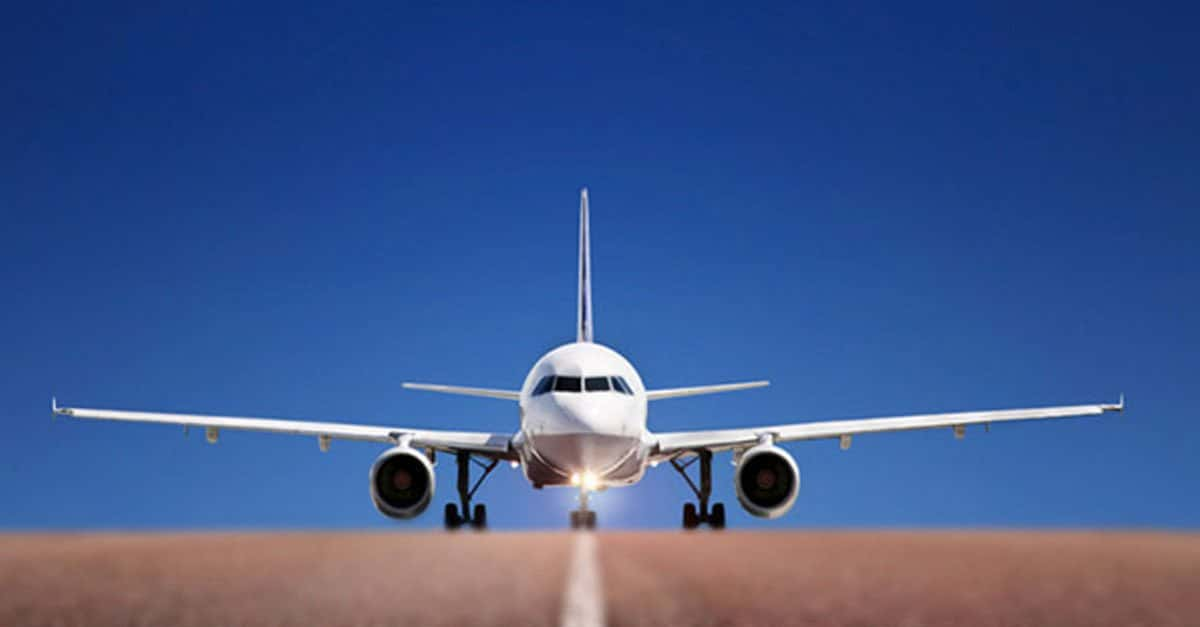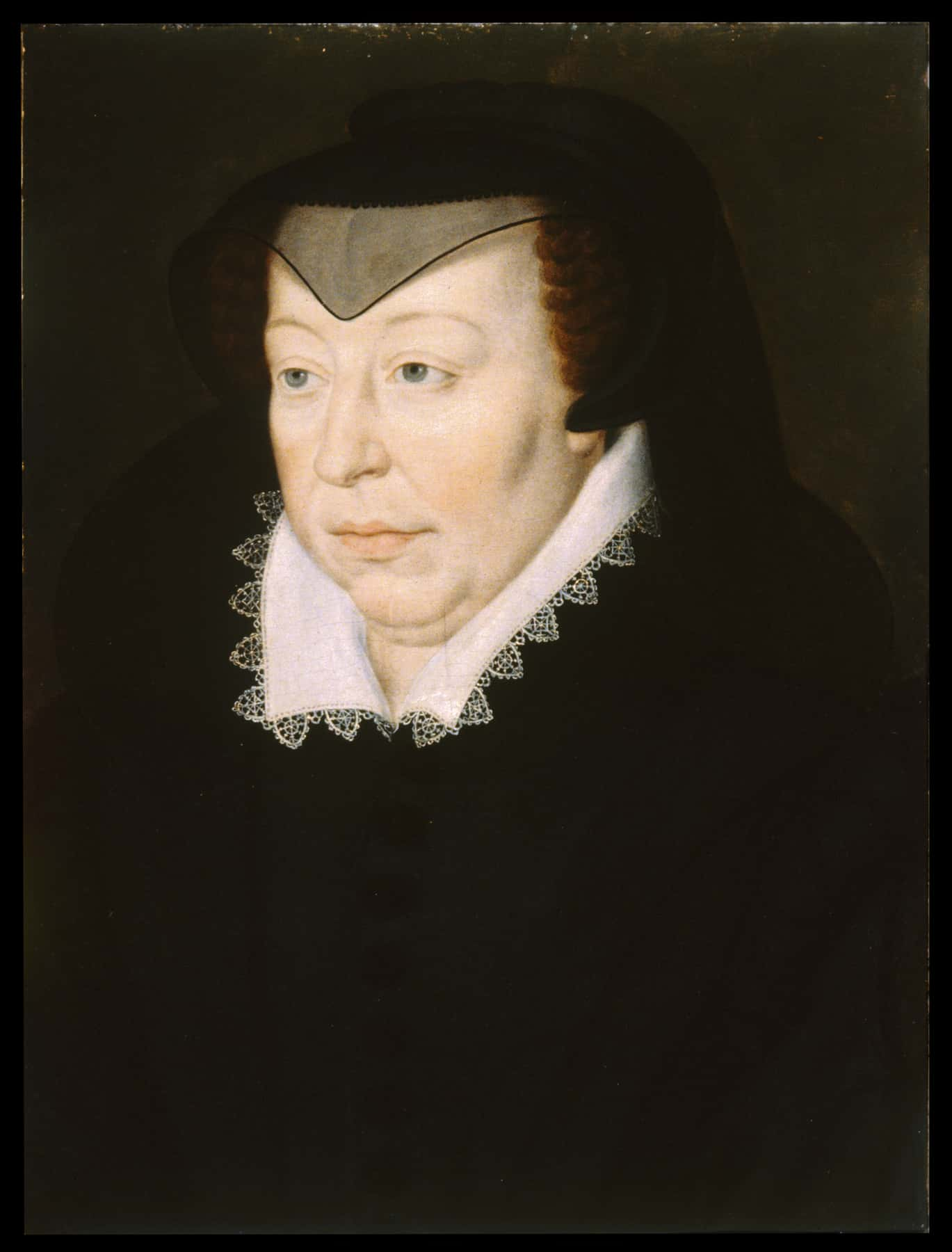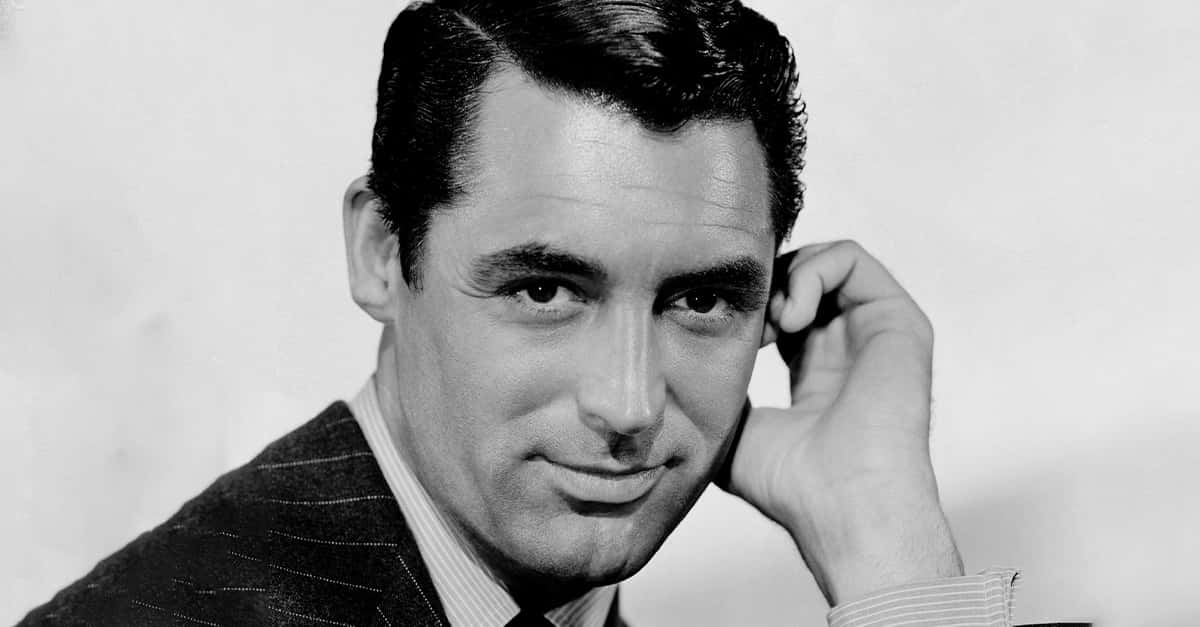The first airplane equipped with an autopilot was a pivotal moment in aviation history. It transformed flying from a constant struggle to a more controlled, reliable endeavor. The first autopilot goes all the way back to the early 1900s and the very first airplanes, when engineers sought ways to reduce pilot fatigue and increase flight safety, laying the foundation for today’s highly automated systems.
The Birth Of The Autopilot
The first successful autopilot was developed by the Sperry Corporation in 1912, led by inventor Lawrence Sperry, son of gyroscope pioneer Elmer Sperry. Lawrence adapted his father’s gyroscope to stabilize an aircraft automatically. It was the first true autopilot. He demonstrated his invention dramatically in 1914 at airplane safety competition in France, impressing both the public and aviation experts.
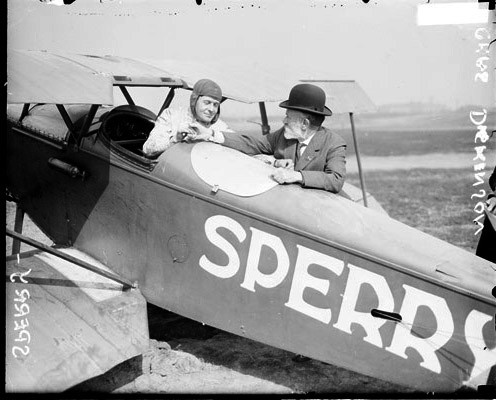 Kopiersperre, Wikimedia Commons
Kopiersperre, Wikimedia Commons
How It Worked
Sperry’s autopilot used gyroscopes to maintain an aircraft’s pitch, roll, and yaw. The system included two main components: a gyroscopic stabilizer that sensed changes in orientation; and Servo-driven control surfaces that adjusted the ailerons, elevators, and rudder as needed. By combining these elements, the autopilot could maintain stable flight without constant human input, a revolutionary idea at the time.
A Dramatic Public Demonstration
During the 1914 demonstration, Sperry and his mechanic, Emil Cachin, famously took their Curtiss C-2 biplane into the air, engaged the autopilot, and walked out onto the wings while the plane continued to fly itself. This daredevil demonstration was dramatic proof of the concept, and won them a $10,000 prize and sparked global interest in the technology.
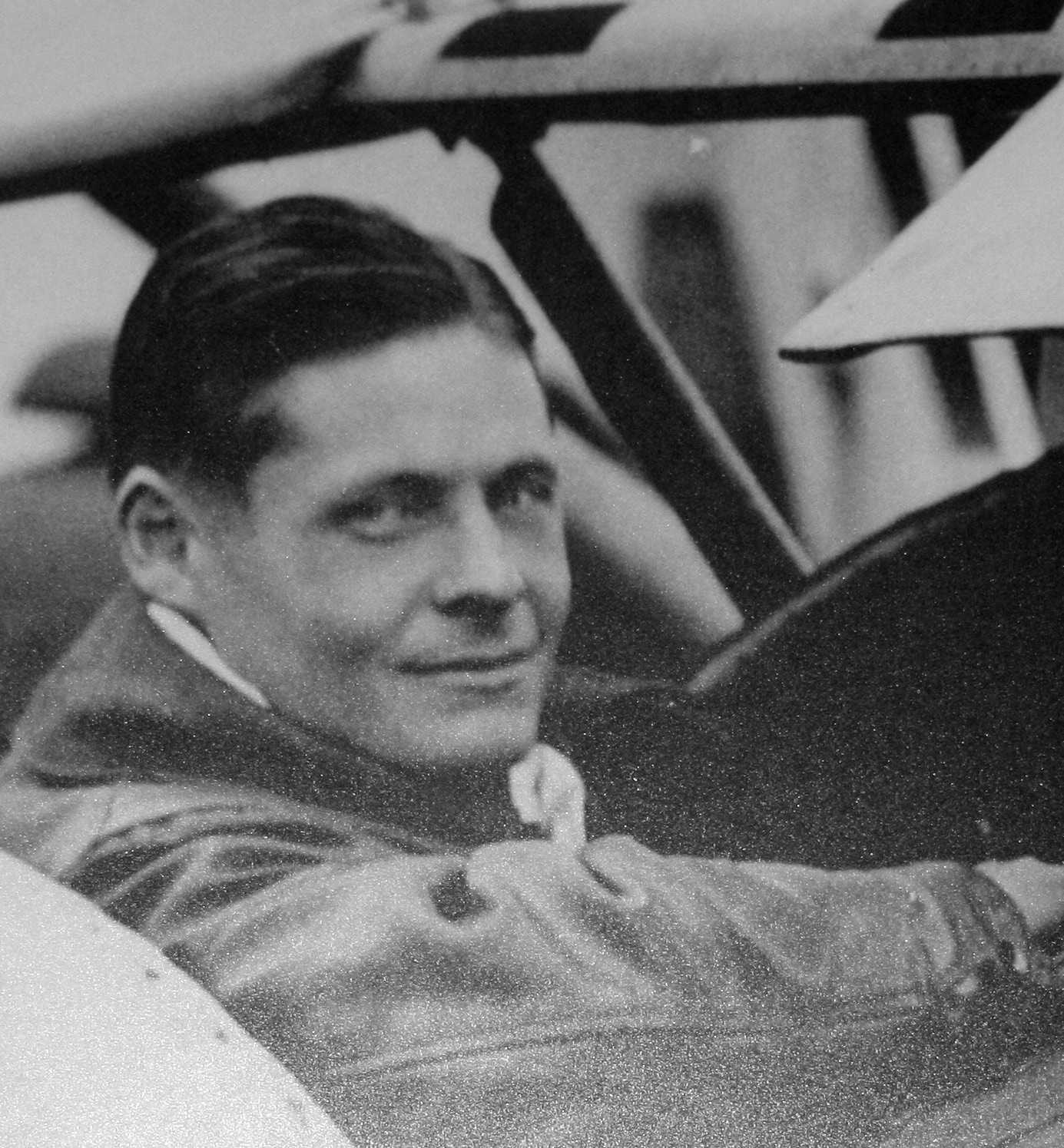 Unknown authorUnknown author, Wikimedia Commons
Unknown authorUnknown author, Wikimedia Commons
Early Challenges And Technical Limitations
Despite its impressive debut, the early autopilot had serious limitations: it was mechanically complex and failure-prone; the system relied heavily on delicate gyroscopes that could drift over time; it only stabilized the aircraft for straight and level flight, with no ability for more dynamic maneuvers. As if that weren’t enough, the bulky equipment added a lot of weight, limiting its early use in smaller planes.
From Experiment To Military Application
The potential for autopilot technology attracted military interest. During WWI, the US and British governments experimented with autopilot systems for bombers and reconnaissance planes, hoping to reduce pilot fatigue on long missions. But the technology remained unreliable, and it wasn’t until the 1930s that upgrades made it more practical for regular use.
The Rise Of The Automatic Flight Control System
In the 1930s, the technology took a significant leap forward. Engineers at the Sperry Corporation and other firms began integrating radio navigation, altitude hold, and directional control, creating the first automatic flight control systems. These early systems paved the way for fully automated flight paths, enabling long-distance flights across oceans and continents.
From Mechanical To Electronic Systems
As aviation technology advanced, autopilots moved from purely mechanical devices to electromechanical and eventually electronic systems. The advent of transistors, microprocessors, and digital control systems in the 1960s and 70s further refined autopilot reliability and capability. The integration of GPS in the 1980s and 90s allowed for precise navigation, transforming autopilots into essential tools of modern aviation.
Modern Autopilot Systems
Today, autopilots are integral to commercial and military aircraft. Modern systems can handle everything from basic stability control to fully automated landings, significantly reducing pilot workload and enhancing flight safety. Systems like the one on the Boeing 787 or Airbus A350, can even adjust flight paths in real time based on weather data, air traffic, and fuel efficiency.
From Novelty To Necessity
The journey from Sperry’s gyroscope-powered experiment to today’s computer-driven flight management systems highlights the rapid pace of aviation innovation. What began as a risky experiment is now a given on commercial flights, making air travel safer and more efficient for everyone. The spirit of innovation that drove Sperry continues to push aviation forward with each passing decade.
You May Also Like:
How Many Times Has Flight Evolved
42 Totally Fascinating Facts For Science Nerds
Groundbreaking Facts About The Most Brilliant Women In Science

